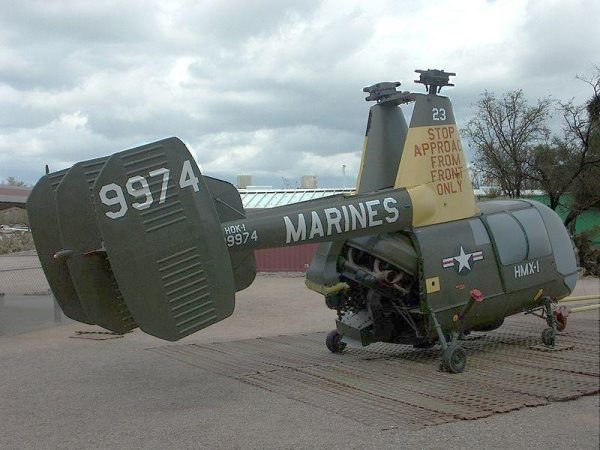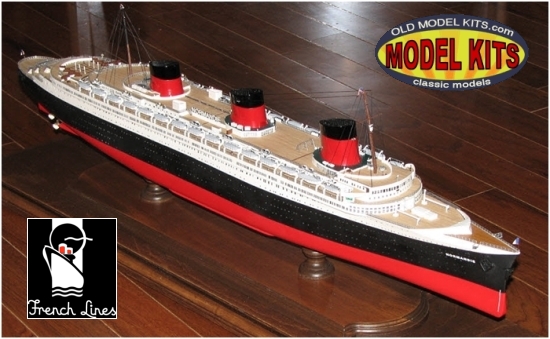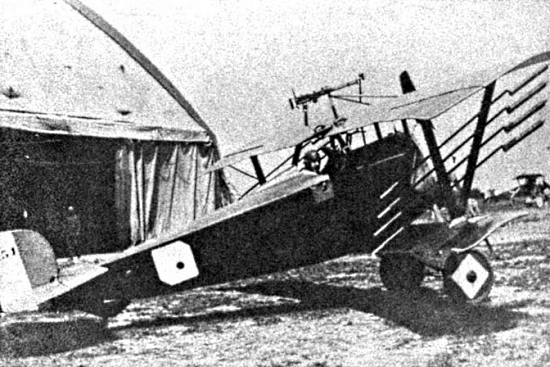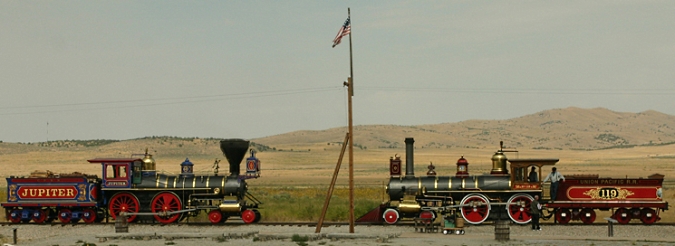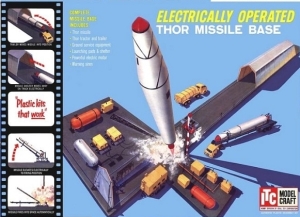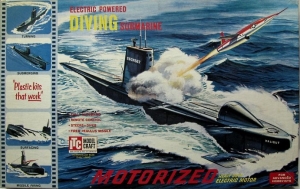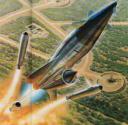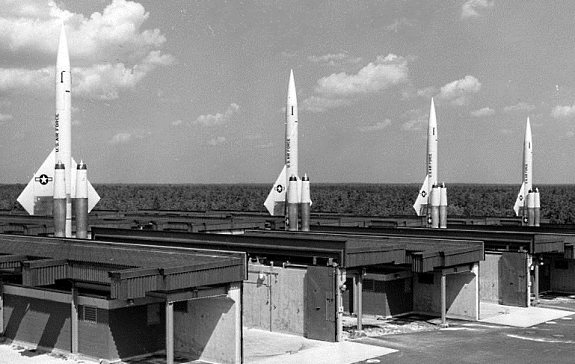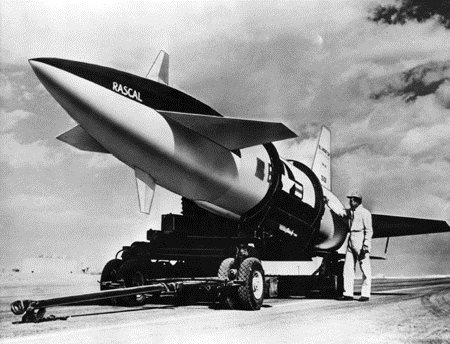Dan was kind enough to share a fascinating story from the Vietnam war involving a Flying Tigers DC-8. I have never heard this or found any reference on it, but I knew it would be of interest – AB
I just wanted you to know that May 12, 1969, I boarded a stretch DC 8, Flying Tiger Airlines at Bien Hoa. The aircraft had a big ‘T’ on the tail and looked like the Revell/Lodela kit (below). The aircraft was hit by mortar fire on take-off.
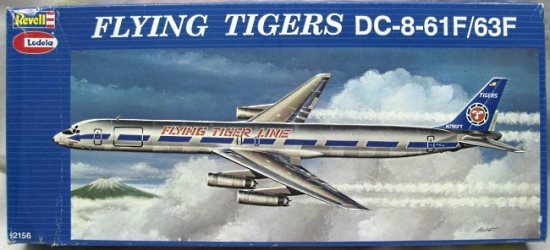
All civilian aircraft were to be out by 6 pm, but a monsoon came in at 5:30 that was like black night all the way to the sky, with heavy rain and a lot of lightning. Air Force crews could not refuel with lightning within a mile and a half, but it became apparent it was necessary if we were to leave. So after 8 pm, with lightning still within half a mile, they started fueling it and simultaneously crammed all 222 of us in as quickly as possible.
Mortars had already begun to drop while I was on the ramp. The pilot started the engines while they were still fueling. I could feel their heat while boarding When the two guys behind me were on, the door shut and the plane immediately started rolling.
When the pilot reached the north end of the runway, he brought the Stretch 8 around like a cat, locking right brakes and powering up the left engines. As he lined it up on the outside runway headed south, I could see mortar flashes outside.
There were no bulkheads in the aircraft, so you could see all the way to the cabin. So when the pilot rotated, the take-off angle looked intense from the back in seat 220 (of 222). We were just about to clear the ground and the mortar exploded right before the left rear stabilizer. The explosion forced the nose all the way back down at an angle to the right, pushing the nose gear into the tarmac. By the grace of God the aircraft then bounced back up to the left, visibly twisting the fuselage. We hung on the barest of lift and thrust, swinging right to left, left to right for what seemed like forever. The pilot eventually got her straightened out but we were very low…low enough to clip the trees with our main gear about 2 miles south of the runway. Finally, the aircraft gained some altitude. Then the pilot announced the most beautiful words I have ever heard in my life: “We’re five miles out…..and at 200 feet….I think we’re going to make it”
There were shrapnel holes through the horizontal and vertical stabilizers and the wind through those holes made the weirdest harmonics you have ever heard……all the way to Yakota, slow and low. The tail section creaked and groaned all the way there. The flight engineer kept coming back and checking on it throughout the flight . We landed…very gently…around 5:30 am.
When the cabin doors opened at Yakota, they announced it was the “…last chance to buy Japanese cameras.” Everyone hurried inside the terminal except the Captain and me. I came from an Air Force family, so I walked back to the back of the aircraft to see the damage. He met me back there. I shook his hand and we both stared at the damage. I told him I wasn’t sure we were going to make it back there. He said he wasn’t sure either. The Air Force crews fueled us up all the way, used tin snips to cut off the torn, exposed metal and used a special duct tape to cover the holes.
The one thing I will always remember is when he said, “I think we’re going to make it….” followed by a very audible intake of breath from everyone in there, including me 🙂
It was Flight 12…I still have the ticket stub. I was headed home on emergency leave.
Dan Mauldin
